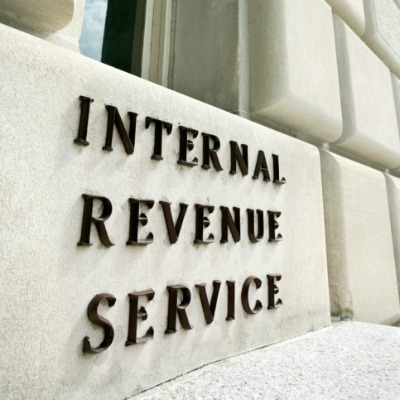 On Aug. 8, the Internal Revenue Service (IRS) issued guidance to wind developers and investors further spelling out what it means for a wind project to have started ‘significant work of a physical nature,’ one of the key eligibility requirements to qualify for the production tax credit (PTC).
On Aug. 8, the Internal Revenue Service (IRS) issued guidance to wind developers and investors further spelling out what it means for a wind project to have started ‘significant work of a physical nature,’ one of the key eligibility requirements to qualify for the production tax credit (PTC).
To be eligible for the PTC, wind developers must have incurred 5% of the project's cost by the end of last year. Developers must also demonstrate work of a significant nature and ensure the wind farm is under continuous construction. If the wind farm is completed by Dec. 31, 2015, then the so-called ‘continuous construction’ requirement is assumed. Developers whose wind projects go into service after 2015 will be required to demonstrate continuous work.
In its latest ruling, the IRS provides new examples of what constitutes significant physical work, including "physical work on a customer-designed transformer that steps up the voltage" or the construction of access roads at a project site. Last year, the IRS cited several other examples, such as excavating a foundation, setting anchor bolts into the ground or pouring concrete pads to the foundation.
According to Keith Martin, a partner at law firm Chadbourne & Parke, a group of owners and operators and tax equity investors encouraged the IRS to provide several clear examples of what qualifies as significant physical work. He notes that some investors were concerned that excavating a handful of turbine foundations or putting in a few hundred feet of string roads at a project site would not be enough to meet the IRS definition for PTC eligibility.
The new guidance also helps to dispel a popular myth held by some wind farm owners and tax equity investors that the IRS required wind developers to have started work on 20% of a project's turbine foundations by the end of last year.
"The IRS said it did not intend to suggest there is a 20 percent threshold or any fixed minimum amount of work required," Martin notes.
While the guidance is expected to goose wind farm construction, David Burton, partner at law firm Akin Gump Strauss Hauer & Feld, maintains the IRS may have inadvertently introduced further complexity with respect to ownership transfers.
"I was surprised that the IRS did not permit a simple transfer of turbines or other grandfathered equipment to an unrelated party," he says. As currently written, the rules stipulate that project transfers must be to a party that is at least 20% related or must include contracts, such as a power purchase or interconnection agreement, or land for the project.
Including this latest round of guidance, the IRS has clarified start-of-construction rules related to the PTC three times. Last year, the IRS issued similar notices on April 15 and Sept. 20.
The agency says it will not issue further guidance related to start of-construction requirements.



